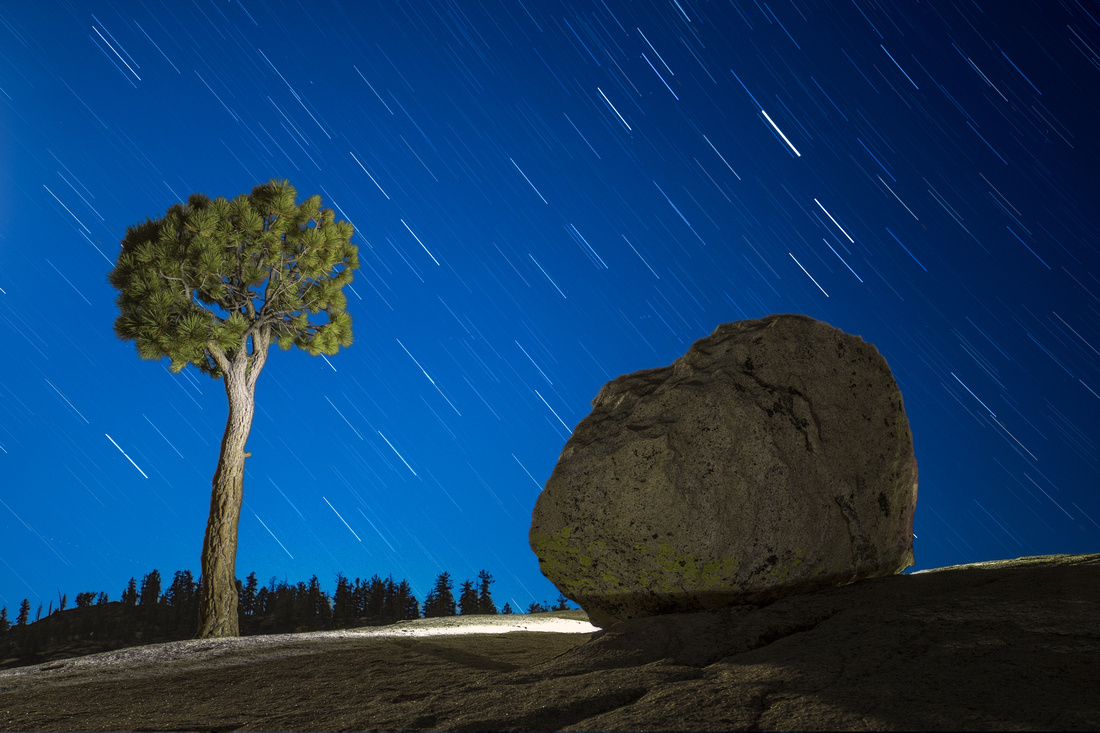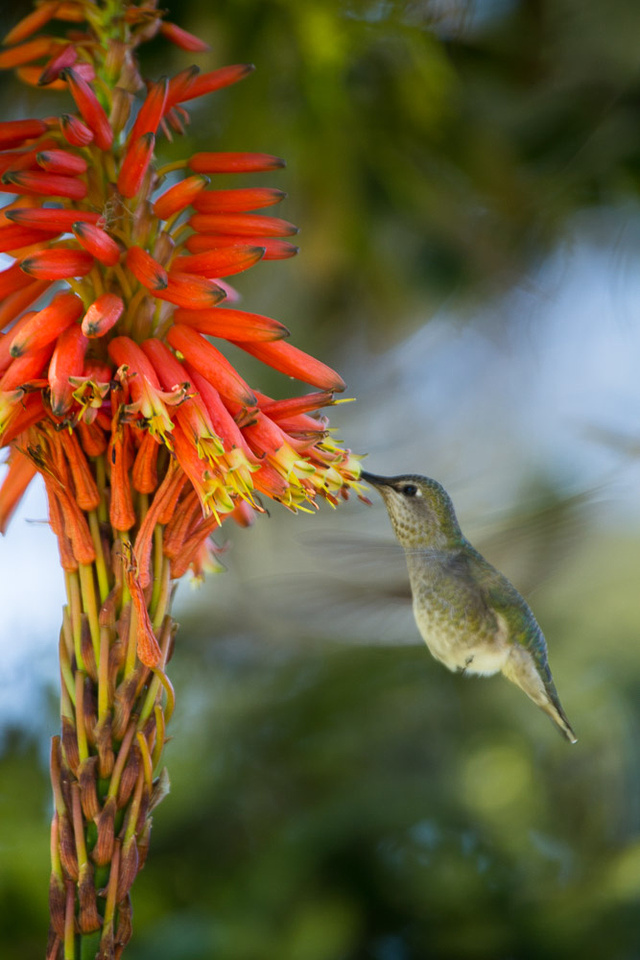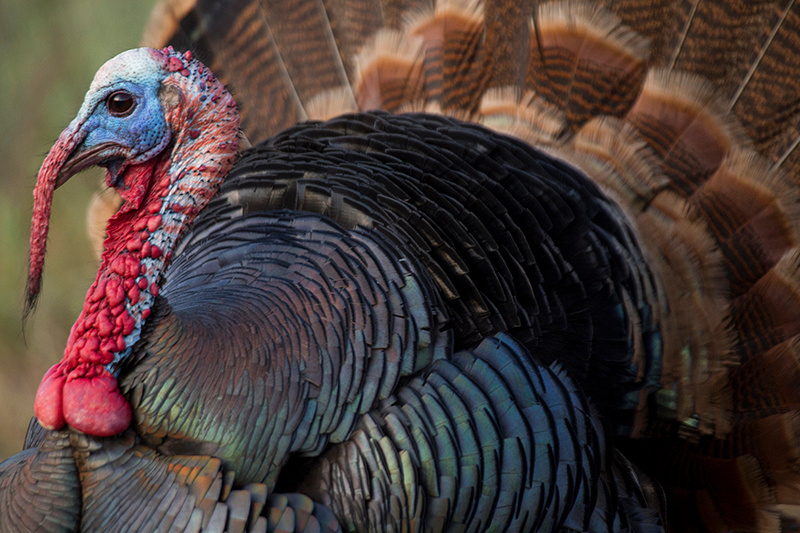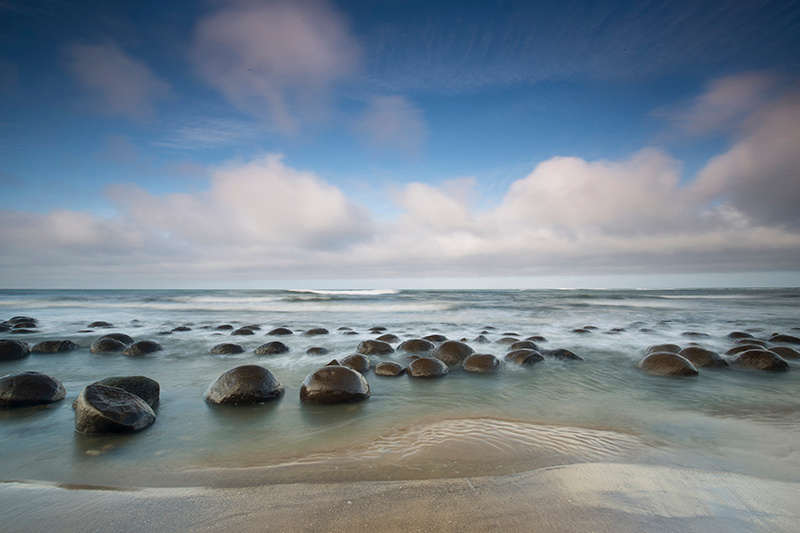5 tips to better nature photography
|
If you are actively pursuing nature photography, you know how challenging it can be. Your shooting schedule may be constrained by a 9-5 job, you might not have all the equipment you want, you might not have unlimited funds to travel to exotic places. These are all things that I have too have come up against, but there are a few tips that have helped me grab some great shots over the years. |
|
1. Plan ahead / scoutBefore any photo trip, I spend time scouting locations online. Google images is a fantastic source to get a sense of what to expect from a location. I also use a Photo App to check sunrise, sunset, moonrise, moonset, moon phase, and milky way times and direction. I draft an "Itinerary" for each day with a Plan A and Plan B, and sometimes even a Plan C. It's not uncommon to find your sunset location isn't as ideal as you expected from online research. I once watched in horror as an amateur film crew decided film right in the middle of my composition. I've gone to beaches to find the access is completely washed out. It happens and it's a lot less stressful when you have a backup plan. I try always to get to my location at least a few hours early so I can scout before the light gets good. That way, if I have to go to Plan B or C, I can do so without rushing.
For this photo of Bowling Ball Beach, I scoured the internet to see what the ideal tide height would be, then researched tide charts to make sure the tide was 1 foot high with a receding tide at sunset. When I arrived, the tide conditions were perfect but clouds began moving in quickly, then rained all night. Thankfully, because the tide conditions would be repeated at sunrise, I had this set as a Plan B for the following morning, and I was able to go back and get some decent shots. |
|
2. Slow downI learned to photograph on a tripod. I'm not saying it's for everyone, but it certainly forces me to slow down when I'm shooting. I tend to walk a little slower, I think about the composition when I'm setting up, and I tend to hang out for a while. When I do that, I notice more details. Sometimes I notice details that I want to eliminate from the composition and other times I find small details that I know I should capture. This photo of a ladybug on a leaf was taken in Lassen National Park. I saw a hillside of flowers from the road and pulled over. As I was setting up for a wide angle shot, I noticed there were ladybugs on the flowers and leaves so once I took my initial shot, I switched to macro and captured some detail images. Bonus: The red ladybug and green leaf are complimentary colors, which improves overall composition.  Lady BugLassen National Park, California Lady BugLassen National Park, California
|
|
3. Try a different perspectiveMost people naturally shoot using horizontal framing. I tend to shoot vertical, so much so, that I have to remind myself to try a horizontal composition even when I don't think it will work. I can't tell you how many times I did that and was glad I re-framed the shot. These images taken at Olmsted Point in Yosemite were intended to highlight star trails. The first image is what I started with but I thought I'd re-frame and try a horizontal shot. There is more sky in the second shot and I think it makes for a more interesting composition, plus if anyone ever wanted to purchase one of these, I can say "Yes, of course I have that in the format you are looking for."  Olmsted Point, Yosemite National Park Olmsted Point, Yosemite National Park
 Olmsted Point, Yosemite National Park Olmsted Point, Yosemite National Park
|
|
4. Practice patienceI am not a patient person. Nature photography has taught me that when I practice patience, the rewards can be great. I was shooting these aloe blooms in Pacific Grove and noticed hummingbirds approaching a few times. They were a little timid so I stood in the same spot for over an hour while they approached closer and closer. I finally got to a point where I could rely on a hummingbird coming to this particular flower so I pre-focused and waited. She was a very cooperative hummingbird. I thanked her when she flew away.  HummingbirdPacific Grove, California HummingbirdPacific Grove, California
|
|
5. Keep going backWhen I take a photo trip, I usually want to cover different areas instead of re-shooting at one place over and over. There are pros and cons to this. Yes, I might get a wider variety of shots and I can scout for future trips, but I'm not giving myself a chance to get to know the place and wildlife as well as I should. For this reason, I like to go back to locations I've already visited so I can get more and more familiar. For locations that are close to home, like Ancil Hoffman Park, I've visited many times at sunrise, sunset, mid-day, at different times of the year and in a variety of weather. Because of this, I learned a lot about the local turkey population and when the boys would be strutting their stuff. I still had to be patient, get low, and wait for them to walk by me, but because I had gotten familiar with their behavior and where they hung out, it improved my chances of getting the shot I was envisioning.  TurkeyAncil Hoffman Park, Carmichael, California TurkeyAncil Hoffman Park, Carmichael, California
|
|
| I hope you find these tips valuable and can apply them in your next photo excursion. |
